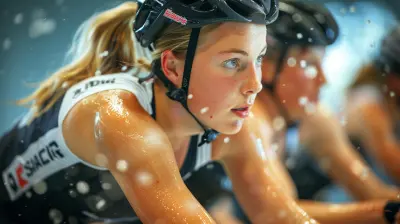The Importance of Proper Foot Placement in Skateboarding
16 May 2025
Skateboarding is more than just a sport or a hobby—it's an art, a culture, and for many, a way of life. Whether you're just starting out or you've been skating for years, one thing remains true: foot placement can make or break your riding experience. Proper foot positioning is the foundation of balance, control, and progression in skateboarding.
Have you ever wondered why some skaters make tricks look effortless while others struggle just to stay on their boards? It all comes down to how they place their feet. Getting this right can be the difference between landing a trick smoothly and wiping out hard on the pavement.
So, let's break it down—the importance of proper foot placement in skateboarding and how you can use it to level up your skills.
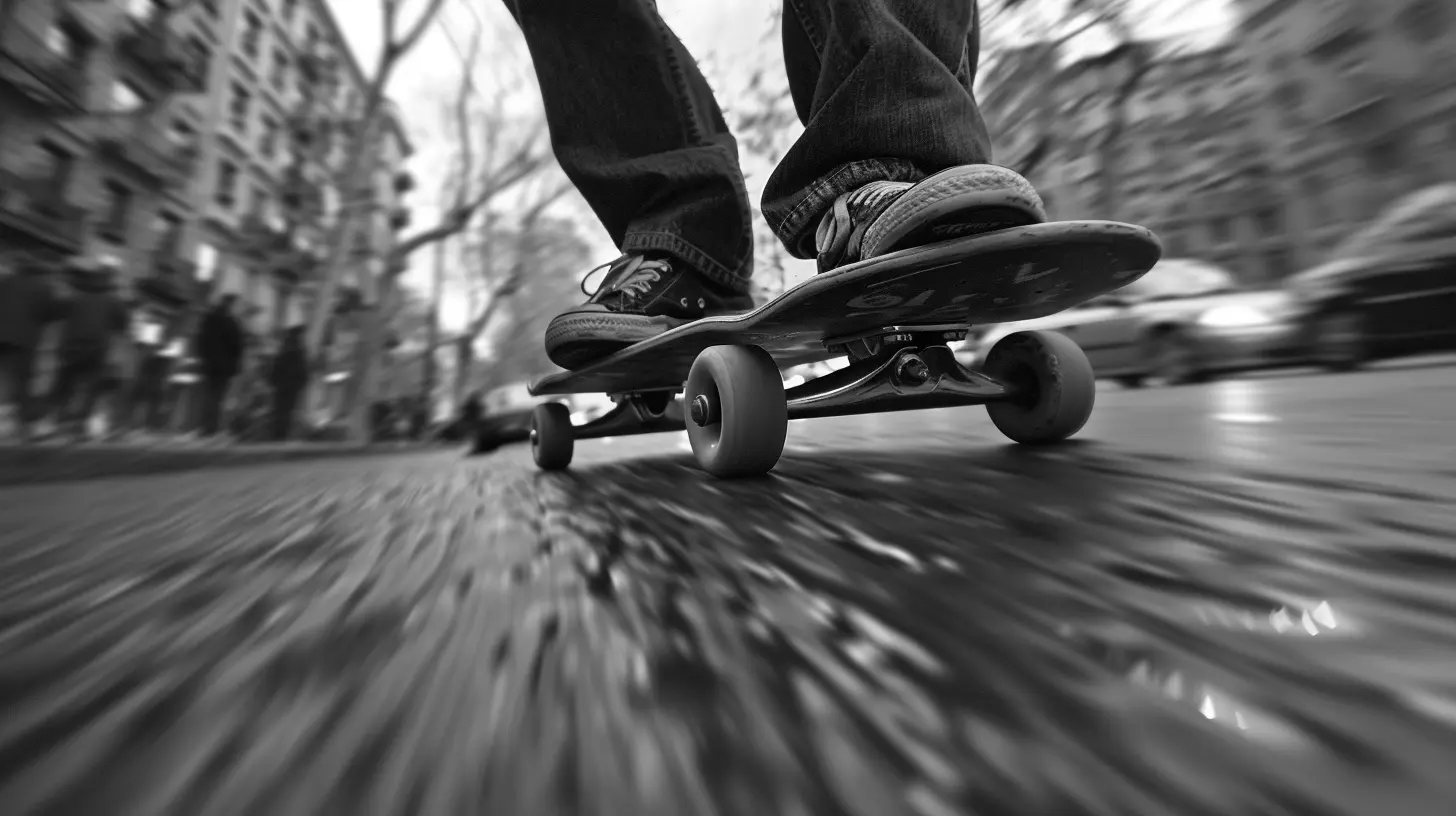
Why Foot Placement Matters in Skateboarding
Skateboarding is all about control. Every movement—pushing, turning, stopping, and performing tricks—starts with your feet. If your feet aren’t in the right spots, everything else falls apart.Think about it like this: Imagine trying to drive a car with loose steering. If your hands aren’t positioned correctly on the wheel, navigating turns would feel unstable and unpredictable. The same concept applies to skateboarding. Your feet act as the “steering wheel” of the board, guiding every motion you make. Without proper foot placement, you’re essentially riding blind.
Balance and Stability
One of the biggest reasons why foot placement is so crucial is balance. If your feet are positioned incorrectly, you're basically setting yourself up for failure before you even start rolling.For instance, if your front foot is too close to the edge of the board, you might find yourself slipping off. On the other hand, if it's too far back, you won’t have enough control to maneuver properly. Getting the right balance ensures you stay stable, whether you’re cruising down the street or setting up for a trick.
Better Board Control
Your skateboard responds to every little movement of your feet. If they're positioned correctly, you’ll have better control over flips, turns, and even stopping. When you master foot placement, you can execute every move with precision, making everything from basic ollies to advanced kickflips smoother and more consistent.Without the right positioning, beginners often find themselves struggling to get off the ground when they try tricks. Why? Because their feet aren’t in the right places to generate the necessary pop and flick.
Injury Prevention
Skateboarding comes with its fair share of falls and scrapes—there’s no avoiding that. But having proper foot placement can significantly reduce the chances of injury.A misplaced foot can lead to uneven weight distribution, making falls more unpredictable and harder to control. When you know where to position your feet, you can absorb impact better, land tricks safely, and avoid nasty slams.
Let’s be real—no one enjoys wiping out harder than necessary. Keeping your feet in the right spots is one of the easiest ways to keep yourself safe and skating longer.
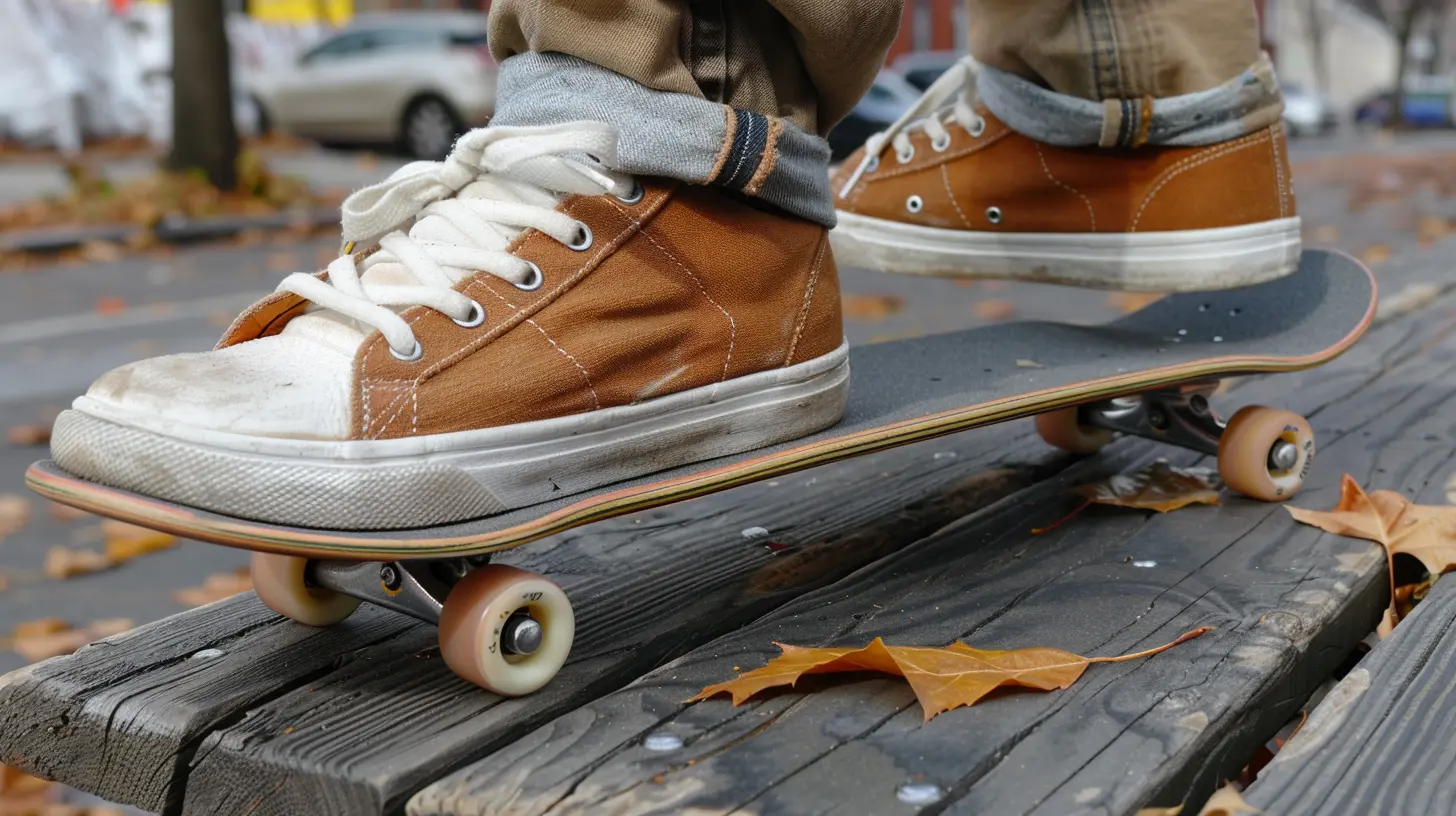
Proper Foot Placement for Different Skateboarding Techniques
Now that we’ve covered why foot placement matters, let’s dive into how you should position your feet for different aspects of skateboarding.1. Pushing
If you're new to skateboarding, the first thing you'll need to learn is how to push properly.- Place your front foot across the board near the front bolts while keeping it at a slight angle.
- Use your back foot to push off the ground and generate speed.
- Once you’ve gained enough momentum, place your back foot onto the tail and adjust your front foot so it's positioned more naturally.
One common mistake beginners make is placing their front foot straight. This limits mobility and makes balancing harder. Instead, angling it slightly allows for smoother direction changes.
2. Turning (Carving)
Turning on a skateboard relies heavily on shifting your weight and foot positioning.- Keep your feet shoulder-width apart—your front foot near the front bolts and your back foot near the tail.
- To turn, apply pressure on either your toes (for toe-side turns) or your heels (for heel-side turns).
- The more pressure you apply, the sharper the turn.
If your feet are too close together, turning feels unstable and unbalanced. Keeping a solid stance ensures smoother, controlled carves, especially at higher speeds.
3. Ollies
The ollie is the foundation of nearly every trick in skateboarding. Without proper foot placement, getting off the ground is almost impossible.- Your back foot should rest on the tail with the ball of your foot hanging slightly off the edge—this creates the pop needed for lift.
- Your front foot should be placed in the middle of the deck, slightly angled, ready to slide up the board as you jump.
A poorly placed front foot can make it difficult to level out the board mid-air, while incorrect back foot positioning can ruin the pop needed to lift off.
4. Kickflips and Heelflips
If you're getting into flip tricks, foot placement becomes even more critical.- For kickflips, position your front foot slightly diagonal, with the toes hanging off the edge. This allows you to flick the edge of the board with control.
- For heelflips, place your front foot flatter but near the edge, with your toes slightly hanging off. When you jump, use your heel to flick the board.
Many skaters struggle with these tricks simply because their feet aren’t positioned correctly. A slight tweak in placement can turn an inconsistent trick into a confident, effortless motion.
5. Stopping Safely
Knowing how to stop properly is just as important as learning tricks. Without proper foot placement, stopping can feel awkward and even dangerous.- The safest way to stop is the foot drag method—place your front foot firmly on the board while allowing your back foot to lightly drag against the ground to slow down.
- Another method is the tail scrape, where you apply pressure on the tail to create friction against the ground.
If your feet are positioned too far forward, stopping can feel unstable and may even cause you to fall forward.
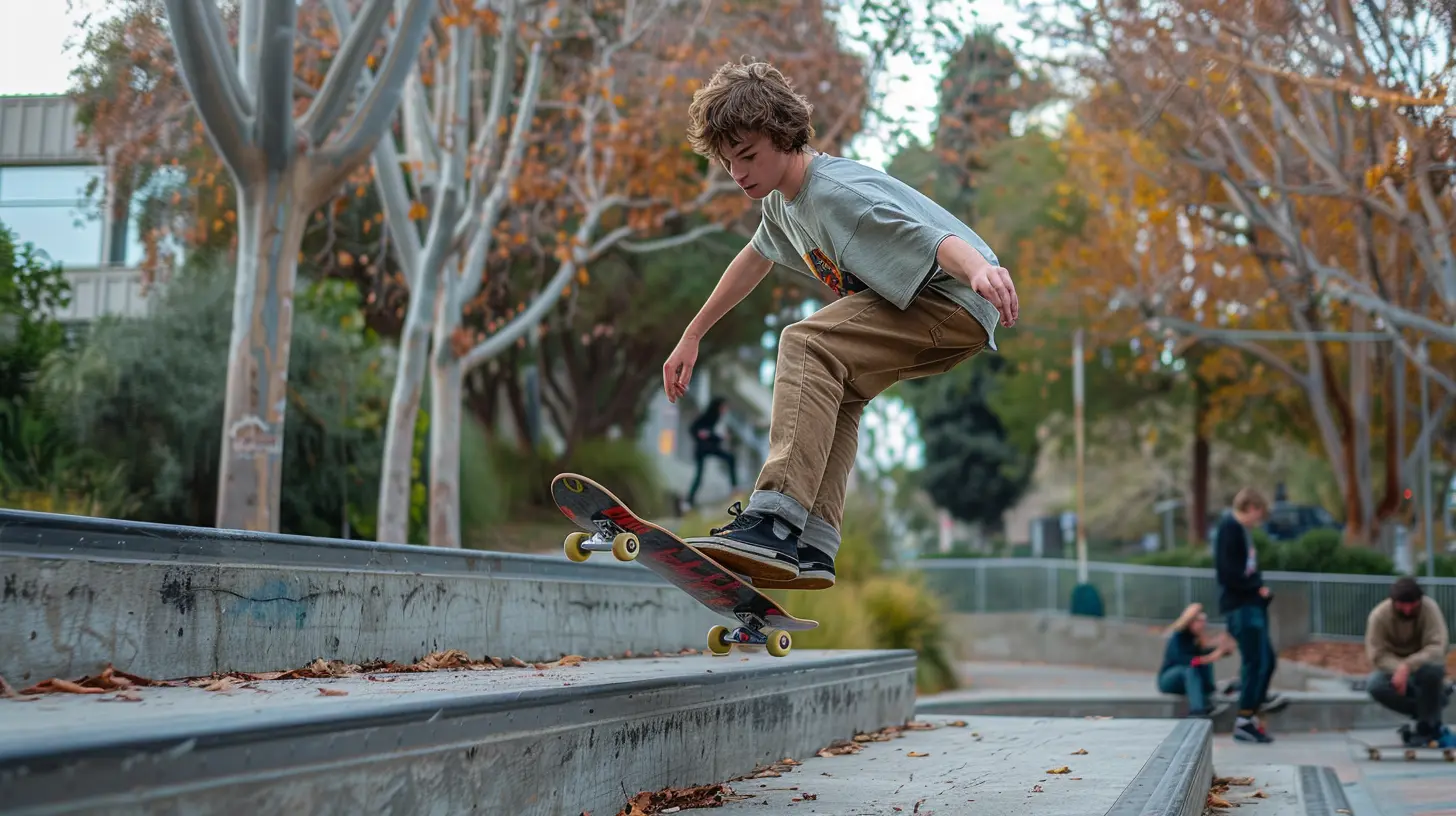
Common Foot Placement Mistakes to Avoid
Even experienced skaters fall into bad habits when it comes to foot placement. Here are a few common mistakes to watch out for:- Standing too stiffly – Keeping your knees locked makes balancing harder. Stay loose and flexible.
- Placing feet too close together – This reduces board control and makes tricks harder to execute.
- Front foot too straight when pushing – Keeping it slightly angled makes movement smoother.
- Wrong back foot placement for ollies – If it’s too far back, you won’t get the needed pop. Too far forward, and you won’t lift off properly.
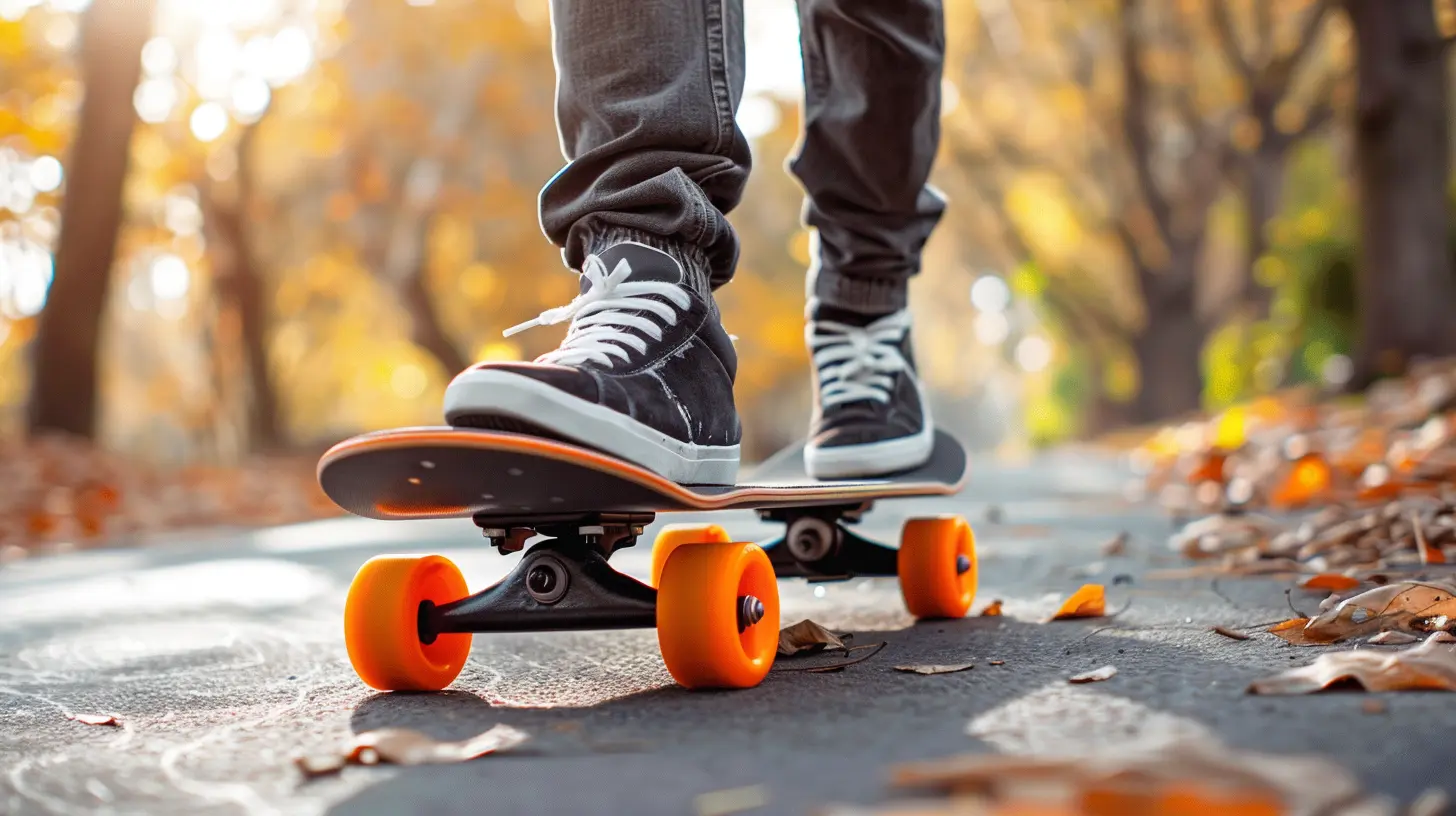
Final Thoughts
Skateboarding is all about progression, and proper foot placement is the key to mastering the board. Whether you're pushing, turning, popping ollies, or landing kickflips, your success starts with where you plant your feet.By paying attention to your stance and adjusting it as needed, you’ll not only improve your skating but also build confidence and reduce the chances of injury. Keep practicing, experiment with different foot positions, and soon enough, you’ll notice a massive difference in your control and style.
So next time you step on your board, ask yourself—are my feet in the right place? It could be the one thing holding you back from unlocking your full skateboarding potential.
all images in this post were generated using AI tools
Category:
SkateboardingAuthor:

Uziel Franco
Discussion
rate this article
3 comments
April Diaz
Great insights! Proper foot placement is crucial for balance and control in skateboarding. Mastering this technique can elevate tricks and overall performance, making it essential for both beginners and advanced skaters alike.
May 22, 2025 at 4:44 AM

Uziel Franco
Thank you! I completely agree—proper foot placement is key to improving both balance and trick execution for skaters at any level.
Zanthe McClain
Proper foot placement in skateboarding is crucial for balance, control, and executing tricks. It directly influences stability and enhances overall performance on the board.
May 17, 2025 at 12:23 PM

Uziel Franco
Thank you for highlighting this essential aspect! Proper foot placement indeed plays a vital role in a skater's performance and success in executing tricks.
Trixie McCarron
Kick it old school and nail those tricks! Remember, happy feet make for happy skaters—so keep ’em snug and right!
May 16, 2025 at 8:01 PM

Uziel Franco
Absolutely! Proper foot placement is key to mastering tricks and enhancing your skateboarding experience. Happy feet truly lead to happier rides!
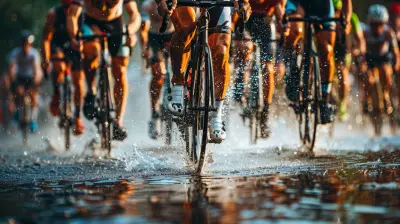
![The Ultimate Competitor: How [Player Name] Thrives Under Pressure](/pictures/blog/small/the-ultimate-competitor-how-player-name-thrives-under-pressure_2.webp)

